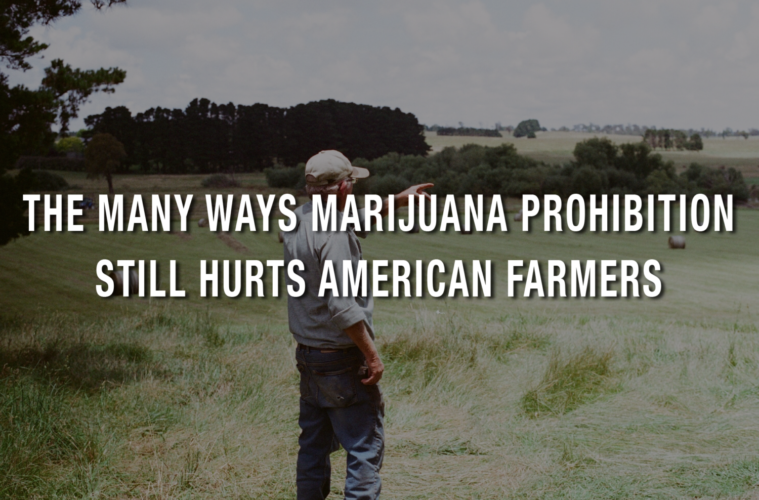At a NORML conference sometime back in the 1980s, I met a guy named Jack Herer, who looked and sounded somewhat like an Old Testament Prophet. He actually owned a headshop in the San Fernando Valley, but he was telling us that “marijuana” was really something called “hemp.” Even though I think of myself as a history buff, I had never heard of it. After almost 20 years of smoking grass, pot, etc., I still thought it was just an expensive way of getting seeds and stems from Mexico. Well, sort of.
SEE: What Does CBD Do?
Of course, now we are being told that marijuana and hemp are not actually the same thing, and that is also sort of true. The difference is simply the level of THC. Consequently, we thought that educating the world about “hemp” and its long history in global agriculture (grown by Washington and Jefferson, et al.) would lead to the legalization of marijuana.
Ironically, it has been just the opposite. It has taken the legalization of marijuana to get legalized hemp in the U.S. Even now, hemp cultivation is hindered by scientifically unjustified restrictions on THC (0.3%).
The practical result is that farmers are still having to do research on how to grow and use hemp that should have been investigated decades ago.
An excellent example of this “new” research has been published on the scientific website, Phys.org: Researchers analyze safety of industrial hemp as cattle feed.
It explores “the safety of using industrial hemp in feed for cattle … bringing new insight to farmers and producers seeking to incorporate industrial hemp in cattle feed.”
Please understand that I am not criticizing the research or the researchers, but this is really absurd. The cattle will not be eating “marijuana” or even the flowers that have CBD, so their exposure to THC would be only at the microgram level, and cows weigh several hundred pounds. And what’s wrong with contented cows?
“Industrial hemp is typically grown to produce oil, seed, fiber and medicines,” said Michael Kleinhenz, assistant professor of beef production medicine. “While varieties of hemp may be planted for a single or dual purpose, such as for seed and fiber, byproducts consisting of leaves, fodder and residual plant fibers remain after harvest. These byproducts could serve as potential feedstuffs for animals. Because these are predominantly cellulose-containing plant materials, the ideal species for utilizing these feeds are ruminant animals, specifically cattle.”
“We observed that the acidic cannabinoids, such as CBDA and THCA, are more readily absorbed from the rumen than other nonacid cannabinoid forms, such as CBD and CBG,” Kleinhenz said. “Now that we have found that some cannabinoids are readily absorbed from the rumen, the next steps are to study the tissue and milk residue depletion profiles of these compounds after animal feeding experiments. The effects of cannabinoids on cattle are also unknown.”
SEE: What is Hot Hemp?
Today we calculate the costs of marijuana prohibition in the tens of millions of arrests and the suppression of medical cannabis. However, American farmers were really the first victims, and they are still being hurt by the continued restrictions on hemp that have no real scientific basis. And that hurts us all.
Richard Cowan is a former NORML National Director and founder of Blue Ribbon Hemp for Seniors.
Advertising disclosure: We may receive compensation for some of the links in our stories. Thank you for supporting Irvine Weekly and our advertisers.

